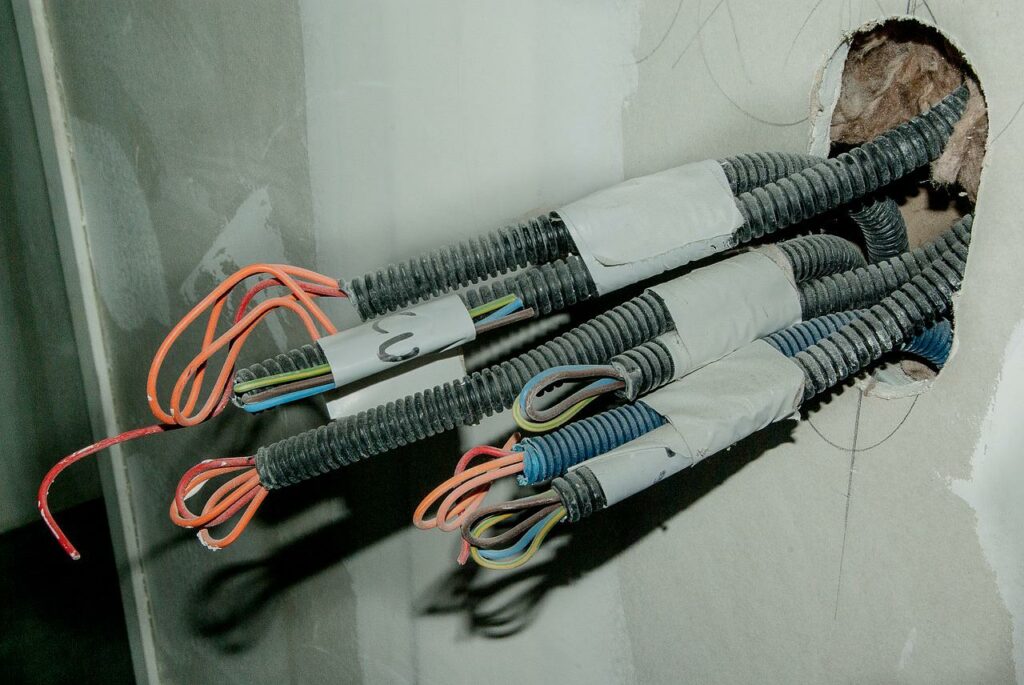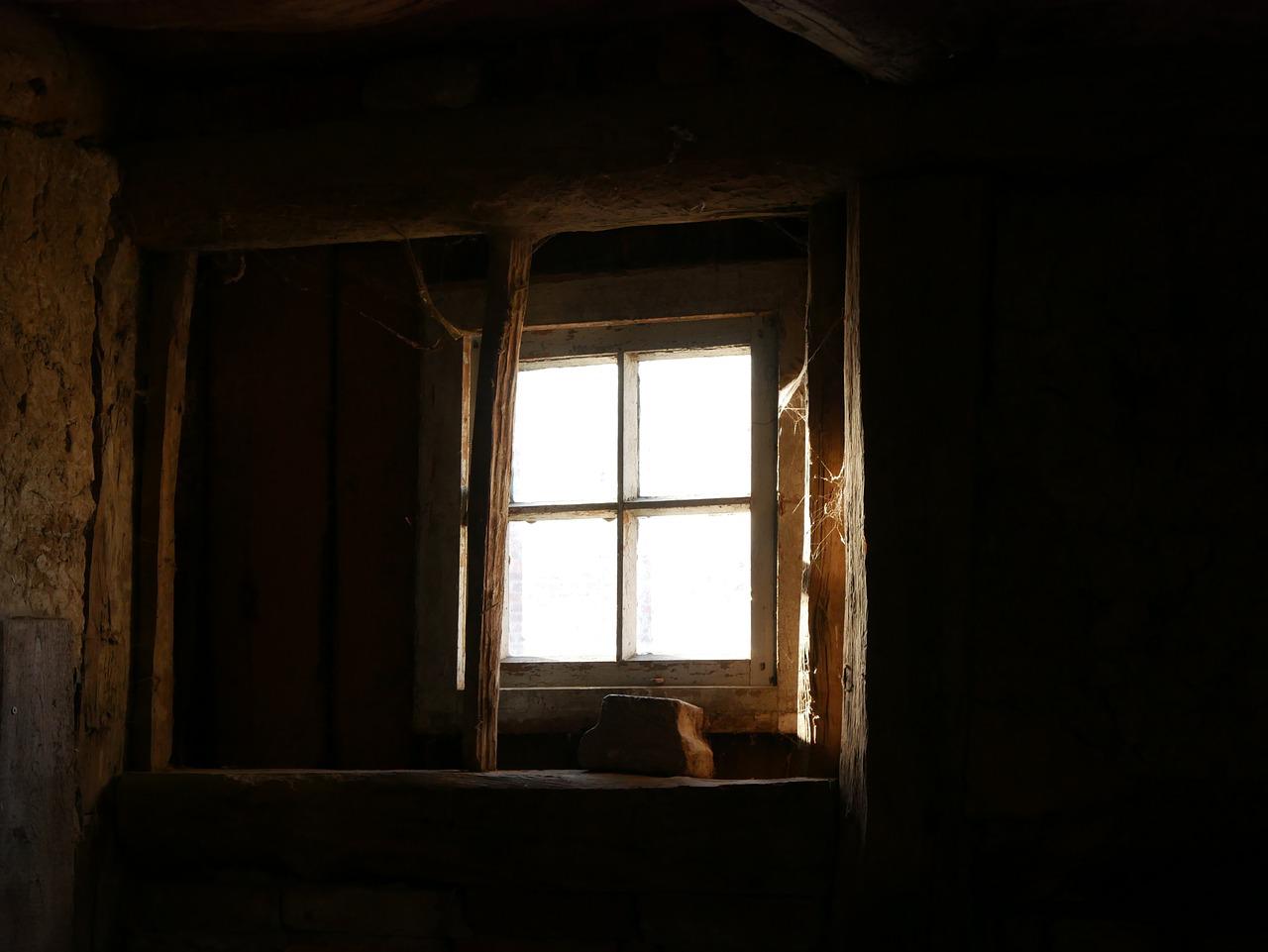Squirrels may be cute-looking animals. But don’t let their cute and innocent facade fool you… Squirrels can be dangerous — they can attack (when threatened), spread diseases, and can also cause damage to your home. One of the areas in your home where squirrels can thrive is in your basement. So, here’s how you can get rid of a squirrel in your basement…
Why a squirrel should concern you
- Squirrels spread diseases. Squirrels are rodents, and they may spread diseases that rodents tend to carry, such as leptospirosis, Lyme disease, salmonellosis, and tularemia. The only good thing here is that squirrels are almost never found to be infected with rabies and they are not known to transmit the disease to humans.
- Squirrels attack. Squirrels are generally timid, but they can still attack and bite when they feel threatened. This can cause wounds that can lead to infections. Even though squirrel attacks are generally not dangerous, it’s still a good idea to seek medical attention if you have become a victim of any kind of animal attack.
- Squirrels can cause damage to your home. Squirrels can chew on electrical wires, putting your home at risk of electrical failure and fire. They also gnaw on wood, potentially destroying the foundations of your home and your wooden furniture. If you have a garden, be careful of squirrels as well because they can eat your garden away and even kill plants in the process.

How to get rid of the squirrel in your basement
1. Confirm you are dealing with a squirrel
First, you have to make sure that the pest you have at home is a squirrel and not anything else. It’s important to know what kind of pest you are dealing with because different pests require different pest control methods. For instance, do you know that black rats and brown rats have different food preferences? This is crucial information that can render rat traps and baits ineffective.
Know what squirrels really look like. They are small rodents with slender bodies and furry tails. They can come in many different colors such as brown and reddish-brown, but the most common ones are gray. Honestly, even a simple Google Image search can give you a good idea of what squirrels look like.
2. Look for squirrel activity
There are three strong signs of squirrel activity — droppings, gnaw marks, and nests. Squirrel droppings somewhat look similar to rat droppings, but they are larger and thicker. You can usually find squirrel gnaw marks in food sources — not just in real food and their containers, but also in electrical wires.
Squirrel nests look like a collection of leaves and twigs, and they usually come in the shape of a globe. In the wild, squirrels nest on tree branches and in tree cavities. But in your basement, they can nest in cracks and crevices, dark and undisturbed corners, and other inaccessible areas.
3. Set up your containment trap and bait
Containment traps usually come in the form of cages that “contain” their victims. Usually, these traps have baits inside of them to lure pests and trigger mechanisms to contain them within the cages.
Squirrels like seeds and nuts, so you can use these as baits. But a problem with these food items as baits is that squirrels can easily carry them away, especially if the trigger mechanisms are not fast or sensitive enough. Peanut butter is a great alternative because it’s not completely solid and squirrels can’t carry it away as easily.
When handling containment traps and baits, make sure to use gloves. You don’t want to touch them with your bare hands and risk putting your human scent on them. Your scent can make them ineffective.
4. Check the trap regularly
Go back to your basement about two times a day to check your containment trap and bait, preferably once in the morning and once in the evening. If you have finally caught the squirrel, that’s good. You can proceed to the next step. But if not, inspect the bait if it needs to be replenished.
You don’t want to check your trap and bait too frequently because this can make them ineffective as well. Stick to two times a day. Another reason for this is to avoid containing the squirrel for extended periods of time. It’s just straight-up cruel to contain an animal for 12 hours or more.
5. Know how to properly release the squirrel
You want to get rid of the squirrel humanely. This means you should not kill it when you have finally captured it. You should instead release it back into the wild. But this is not as simple as you think. Squirrels are kind of territorial, and they may come back if given the chance. Cities also have different regulations about releasing animals. If you release the squirrel in a park or your residential area, you may get fines.
Know the proper procedure for releasing wild animals through your local animal control department. Usually, you will have to release the animal in a far away place where it can’t easily go back to your neighborhood.

How to keep your basement squirrel-free
- Get rid of all food sources. Pests come to your home because of two general reasons — food and shelter. The less accessible these are, the less likely you will have pests like squirrels in your home. Don’t store food in your basement, and that includes pet food. But if you can’t help it, at least put the food in containers that squirrels can’t bite through easily. Consider glass, metal, and plastic containers over those made of cardboard and paper.
- Clean up clutter. Just like you, squirrels need shelter to protect themselves from the elements. If it’s especially cold outside, expect squirrels to seek warmth in your basement clutter or in cracks and crevices you can’t easily access. Get rid of all old and unnecessary stuff in your basement.
- Close entry points. Squirrels are about 38 to 50 centimeters in length and about half a kilogram in weight. As small creatures, they can enter your basement through the smallest cracks in the walls and the smallest gaps in doors and windows. Seal them with caulk or other appropriate materials to prevent squirrels from getting through them.
Get rid of the squirrel in your basement now
You don’t want a squirrel in your basement. It can attack you, spread diseases, and put your home at risk of fires and structural damage. Get rid of the squirrel in your basement now with a containment trap and a preferred bait like peanut butter. And when you have finally caught it, know the proper procedure for releasing it back into the wild with your local animal control authorities.

